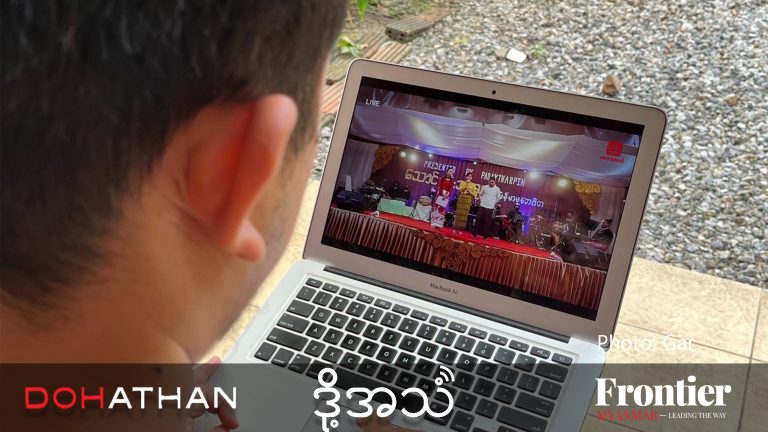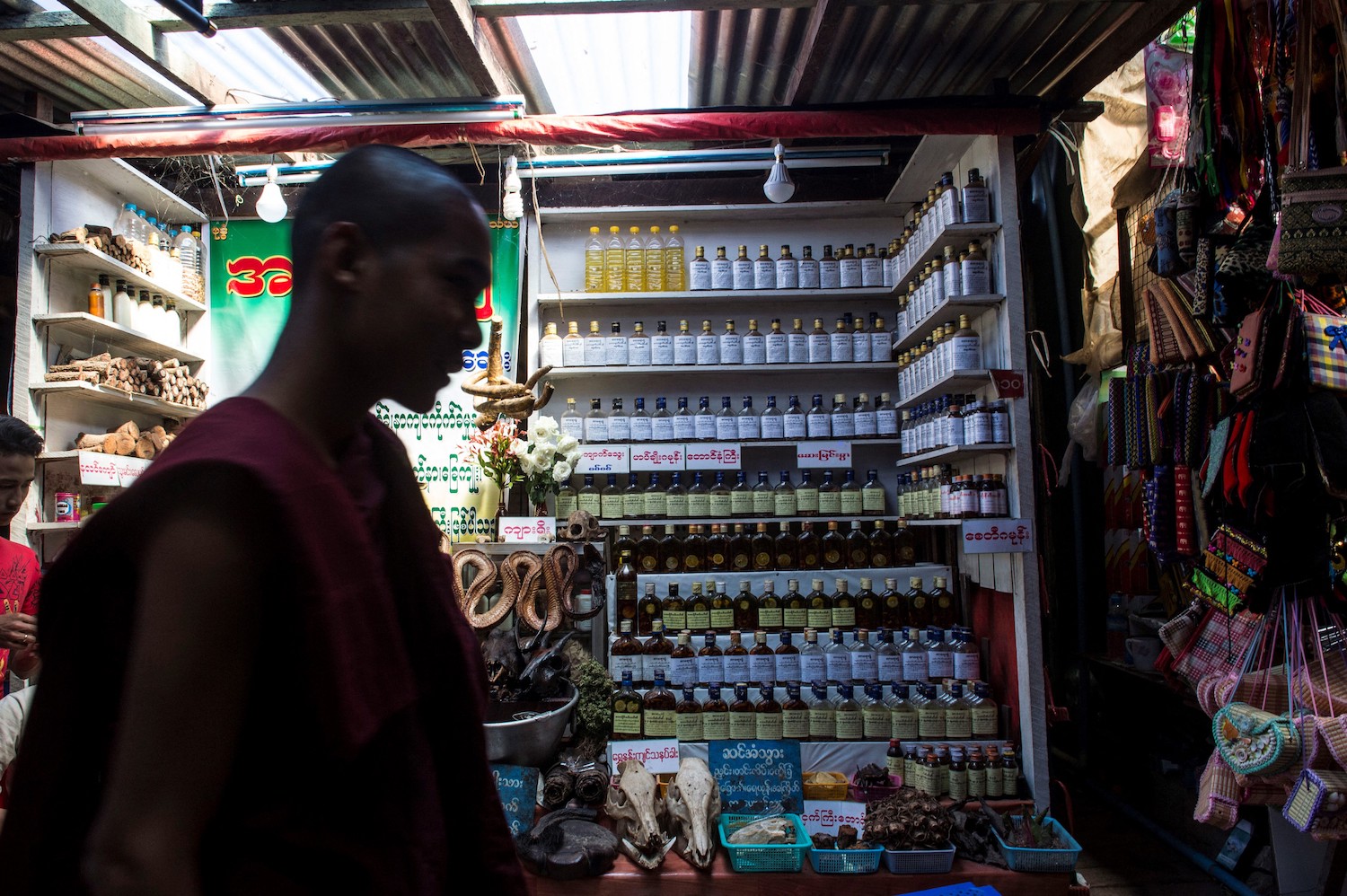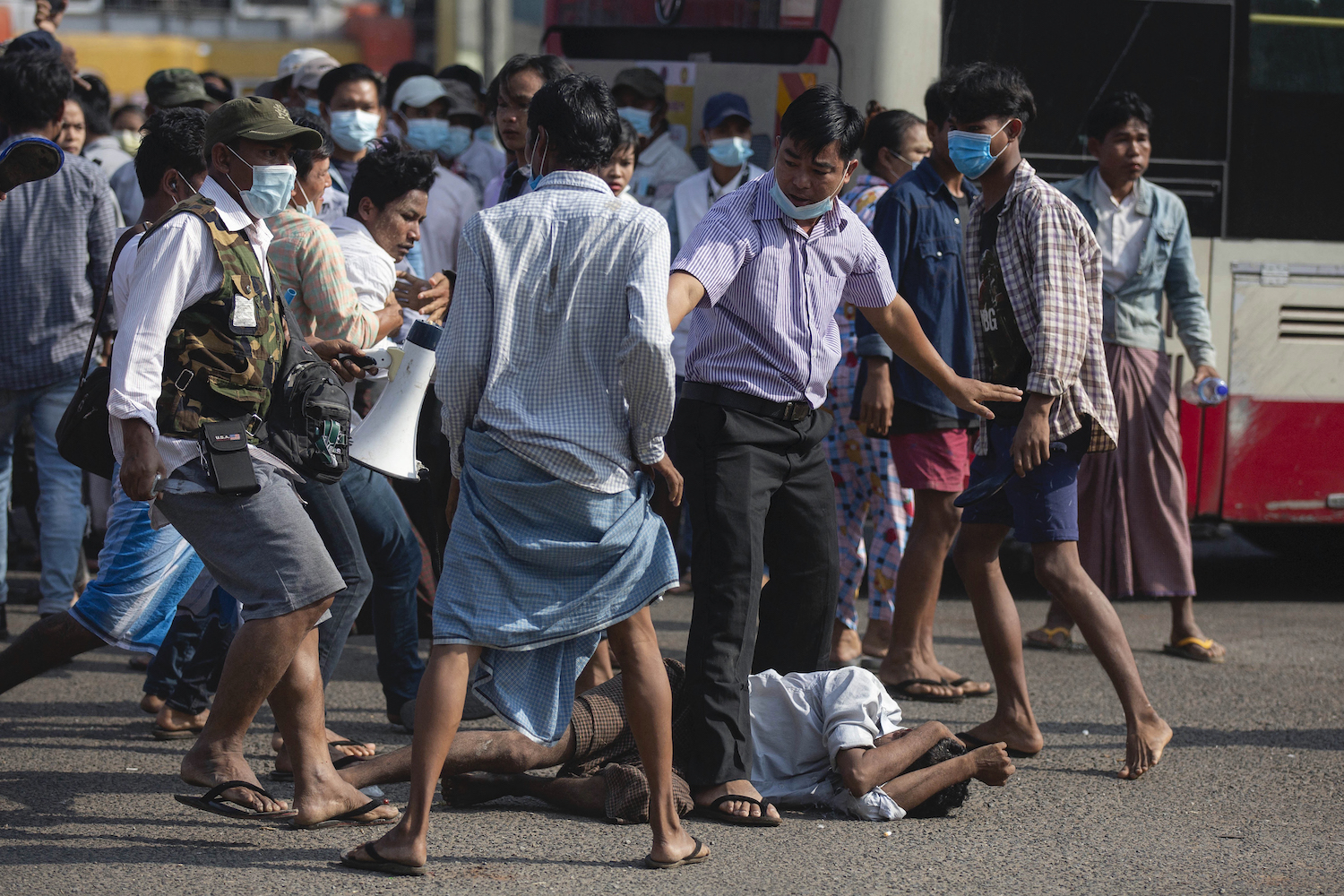Smartphones and social media are creating a new world of opportunity but also pose threats to children, with cyberbullying rapidly becoming an issue across the region.
By MAI OLDGARD | FRONTIER
AS A parent, I’m both excited and concerned about how quickly mobile technology and internet connectivity is transforming the way we work and live. Our children are a generation of digital natives who are using technology to communicate, learn and explore the world around them.
In Asia alone an estimated 500 million youth are expected to be online by the year 2021, thanks to mobile and internet technology that will help educate, motivate and empower them.
The internet offers the promise of a level playing field, where everyone will have access to a world of opportunities and growth. But the plethora of digital and social media channels that are changing the way our kids communicate and interact have also become new digital “schoolyards” where digital bullying is increasingly common.
As parents and educators, we have a responsibility to address this. Just like in real life, we must not only protect our children but also help them develop the skills and resilience that they need to protect themselves.
The rapid spread of cyberbullying
Support more independent journalism like this. Sign up to be a Frontier member.
Digital bullying is not new to Asia but it has developed rapidly, mainly as a result of the immense popularity of smartphones and social media.
Telenor’s own Safe Internet Study conducted in late 2015 and early 2016 found a high incidence of digital bullying, with anywhere from one in three to nearly half of school students in Bangladesh, Malaysia and Thailand having either been bullied online or offline, or having engaged in the act of digital bullying themselves.
Digital bullying has detrimental effects not only for the victims but also the bullies themselves. A 2016 study by the Singapore Children’s Society and the Singapore Institute of Mental Health revealed that both bullies and victims of bullying reported a higher level of self-harm in comparison to those not involved.
Additionally, a recent Times of India feature quotes health experts and psychologists as warning that digital bullying can bring about behavioural and psychological changes in both the perpetrator and the victim.
A unique element of digital bullying is that it can take place anytime, anywhere and to any of our children. The bullying can occur in any environment, even those traditionally deemed “safe”, such as in their bedrooms.
To properly tackle the problem will take a collaborative effort by governments, civic groups, connectivity providers, educators, parents and other stakeholders who are responsible for any part of a child’s life and lifestyle. It also means that we must be vigilant and look out for signs of online bullying, intervening before situations escalate.
The importance of the parental role
The most important role and heaviest share of this responsibility falls on us – the parents like you and me. As parents, we have a duty to not only provide for our children but also teach them the life skills to forge their own future. We are their primary role models in terms of values, social norms and behaviours, and need to set a positive example.
Being a modern parent also involves dealing with the ubiquity of mobile and internet technology and teaching our children how to traverse the digital landscape. There are a few things we as parents can do to ensure a safe internet experience for our children. The first is to talk to our children. Second is to go online and be active on social media. The third is to share experiences with other parents, while we should also accept advice.
A resource that expands on these is How to talk to your children about the Internet – A Parental Guide, a first-of-its-kind book in Asia. It elaborates on how parents should talk to their children about internet access. It seeks to sensitise parents to the dangers and gives real life examples to ensure the online safety of children as they take the plunge into the digital world.
Governments and private sector need to work together
Increasingly, resources and support for parents are made available through region-wide partnerships between governments, NGOs, digital service providers and the telecoms industry. For example, Cybersecurity Malaysia produces anti-digital bullying content that aims to help parents educate their children about digital bullying.
Thailand’s Ministry of Information and Communications Technology and National Broadcasting and Telecommunications Commission had launched a “Safe Internet” project to inspire young Thais to become good digital citizens, knowledgeable enough to create opportunities on the internet and stay away from online dangers through digital literacy.
As part of the Webwise programme developed in collaboration with various NGOs and government agencies, all Telenor India SIMs come embedded with one touch access to the 1098 helpline.
Customers can dial this free number and seek help on anything related to child rights and abuse. Children, parents and teachers can also participate in free Webwise workshops to learn about safe internet habits and ways to protect themselves from cyber harm while being online. Earlier this year, subscribers also gained access to safety and child sexual abuse filters for mobile phones, which provide another layer of security for children.
Smartphones, mobile technology and the internet are creating a new world of opportunities for people in Asia, generating new social and business models. All of us have a part to play in ensuring online safety by combatting threats like digital bullying. This will enable our children to leverage all of these opportunities and realise their full digital potential.







